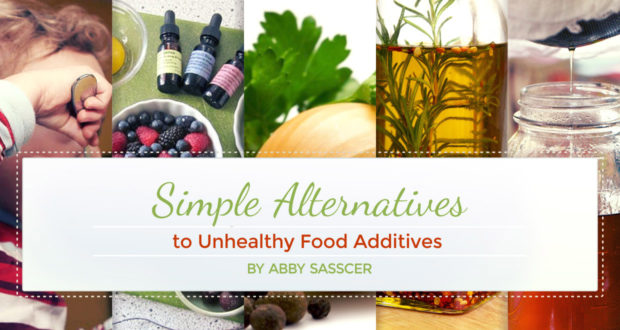This is the 7th post in Abby Sasscer’s Simple Kitchen Series
Welcome back, everyone!
While most of us would like to be able to eat healthy all the time, the reality is that we cannot always do so. Cooking from scratch takes a tremendous amount of time and energy and sometimes busy moms like us don’t have a choice but to purchase convenience foods.
But even if there is a need to purchase convenience foods, it’s good to know that we can still make healthy choices for our families. How?
Aside from looking at the sugar, salt and fat content of each product serving, I also look at its ingredient list. If the list is too long, chances are these items have plenty of unhealthy additives or preservatives.
While looking at the ingredients list can seem burdensome at first, I found out that, in time, it becomes so second nature that I can spot these unhealthy ingredients without reading the entire list.
The next thing I do is that I try to stay away from certain food additives and choose products that have healthier ingredients instead.
The good news is that once I have found products with healthier ingredients, I can continue purchasing them in the future. This type of brand loyalty not only allows me to feed my family more natural alternatives but also helps support companies who care about the health of their consumers.
Simple Alternatives
Below are five unhealthy additives that are typically found in foods we feed our families:
1. BHT / BHA / TBHQ
This preservative is used mostly to keep oils in cereals, potato chips and crackers from becoming rancid. It can cause hyperactivity in children, weakened immune system and possibly cancer. This preservative is even banned in England.
Safer alternative preservatives would be Vitamin C, Vitamin E or Mixed Tocopherols.

Eating Cereal CC Susan Sermoneta
2. Artificial Food Coloring
These popular additives are used to color Food, Drugs and Cosmetics (FD&C) and are mostly derived from coal tar. These coal tar derivatives can cause hyperactivity, allergic reactions and may contain carcinogenic contaminants.
For a more natural alternative, look for products that are colored by: Beet Juice, Blueberry Juice, Raspberry Juice, Spinach Powder or Juice, Pumpkin Juice, Carrot Juice, Red Cabbage Powder or Juice, Turmeric, Annatto, and Saffron Flowers.
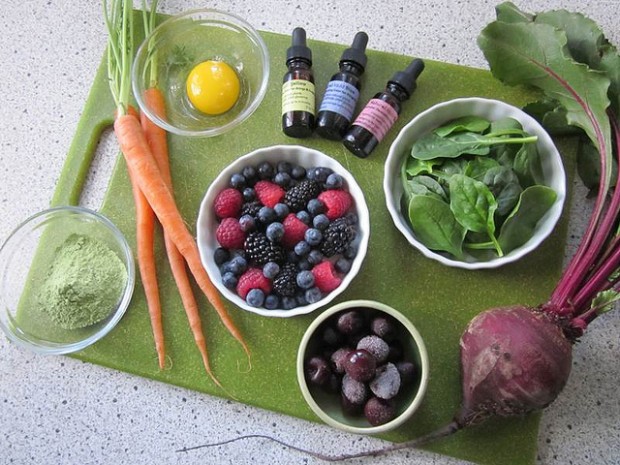
Natural Food Dyes CC Jennifer Chait
3. Hydrogenated / Partially Hydrogenated Oils
These oils are associated with heart disease, certain types of cancers, atherosclerosis and elevated cholesterol levels.
Safer alternatives include extra-virgin olive oil, expeller-pressed flax oil, and organic coconut oil.
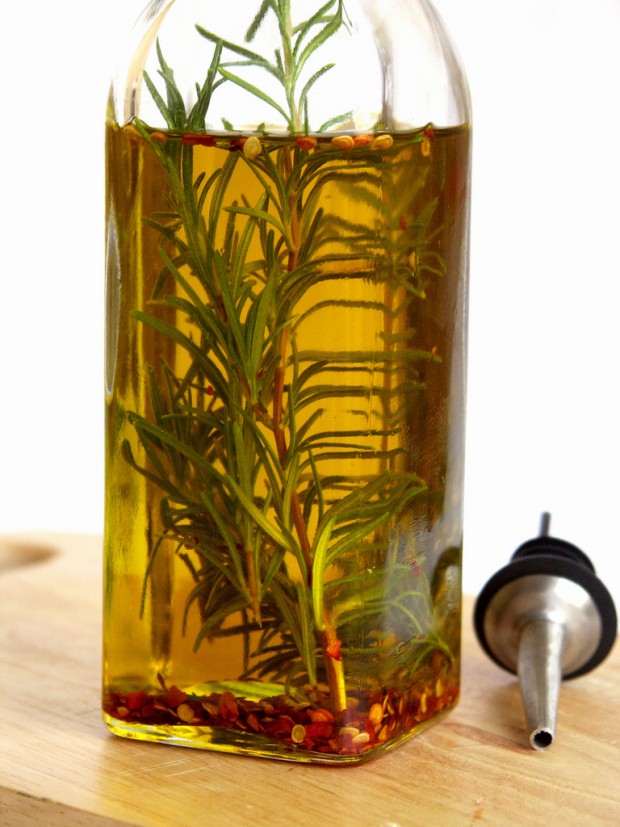
Rosemary Infused Olive Oil | CC Soma Rathore
4. Monosodium Glutamate
MSG can also be found in Autolyzed Yeast Extract, Hydrolyzed Protein, Seasonings, Flavorings, and Natural Flavorings. This unhealthy additive is known to cause headaches, itching, nausea, high-blood pressure, nervous system and reproductive disorders.
On a personal note, MSG has always triggered severe migraines so I try to stay away from it with a ten-foot pole. But if I really need to purchase convenience foods, I typically avoid foods with MSG or choose items that have the seasonings or herbs that are listed individually. These include: garlic, onion, parsley, basil, oregano, etc.
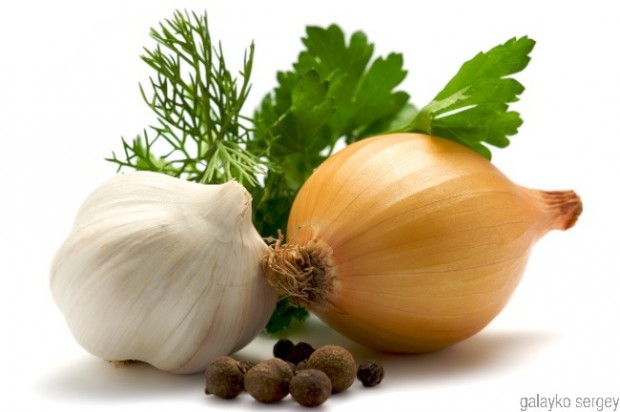
Aromatic herbs, onions, garlic and pepper | CC Sergey Galaiko
5. High Fructose Corn Syrup
This additive is associated with blood-sugar regulation issues, depression, fatigue, B-vitamin deficiency, hyperactivity, tooth decay, and indigestion.
More natural alternatives include: Maple Syrup, Rapadura, Stevia, Date Sugar, and Raw Honey (not to be given to infants and babies). As with any sweeteners, remember that moderation is always key.
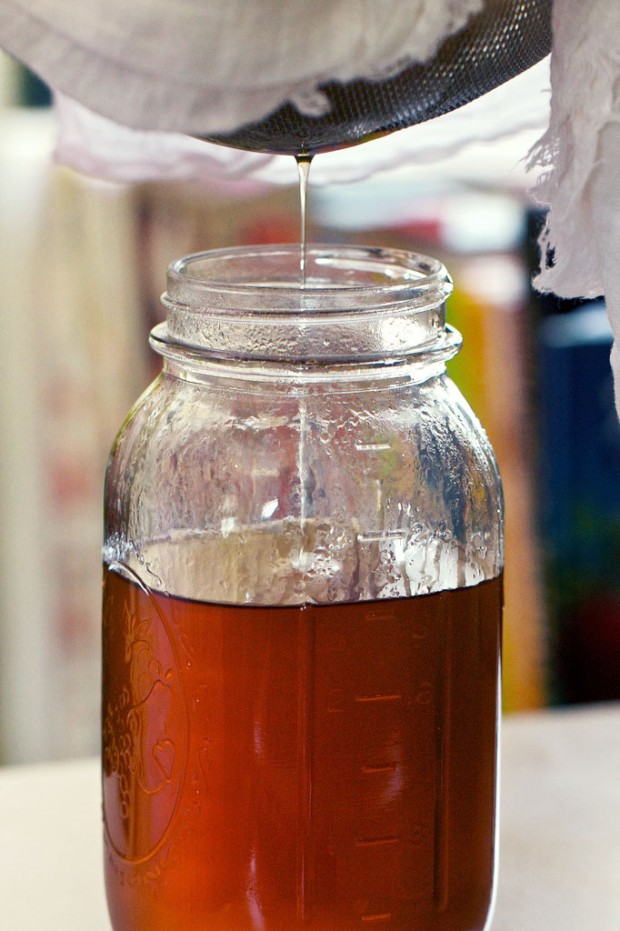
Straining Maple Syrup | CC Chiot’s Run
Thank You For Joining Me!
I hope you enjoyed my Simple Kitchen Series and I wanted to thank everyone who joined me during the busiest and holiest of seasons!
May Our Sweet Blessed Mother, Saint Martha, Saint Mary and Saint Zita be with all of us as we continue to embrace our vocations as wives and mothers!

 Seton Magazine Catholic Homeschool Articles, Advice & Resources
Seton Magazine Catholic Homeschool Articles, Advice & Resources
